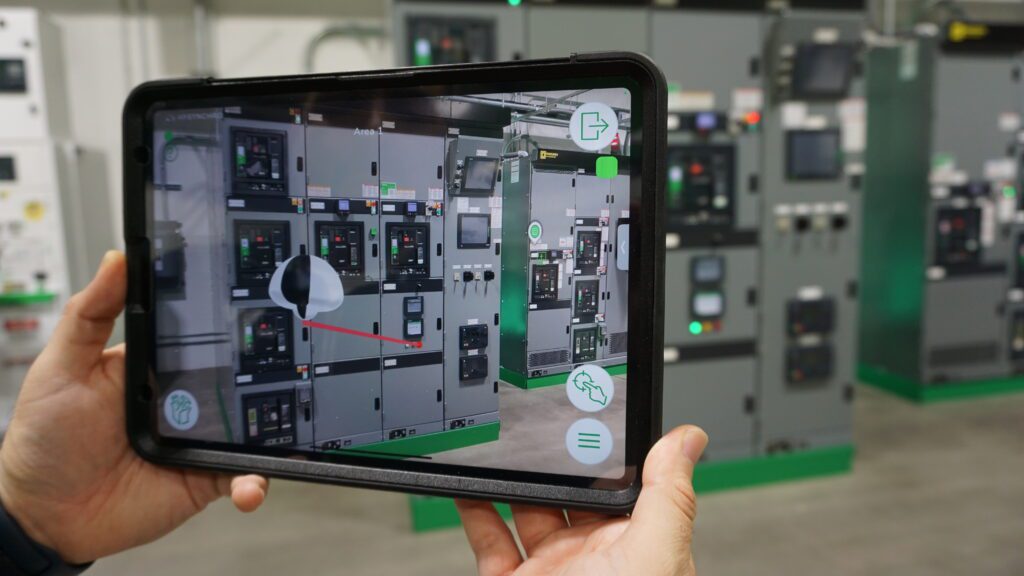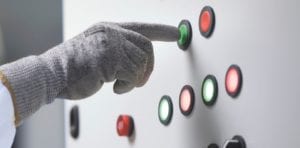Keeping any operation running 24/7 is critical. Power interruptions can mean massive financial losses for data centers, trading floors, and continuous industrial processes. For healthcare, it can halt services or even risk human lives.
Effectively maintaining power reliability is becoming increasingly challenging for electrical operations and maintenance personnel. In this post, you’ll learn how innovative extended reality (XR) technology accelerates training while empowering teams with tools that help them find problems and restore power faster and more safely.
Electrical systems are more difficult to maintain – why?
Keeping up with electrical infrastructure demands is harder now, given the new complexities of today’s “smart” devices and systems. For example, the newest ‘smart’ electronic protection devices have multiple functions, coordination schemes, and many troubleshooting procedural steps. And facilities usually have a lot of these and other smart devices, with a mix of different brands and models.
Next, electrical distribution systems have become more complex due to new types of loads like electric vehicle charging, ones with power-sensitive electronic controls, and microgrids featuring renewable energy generation and storage. This makes it harder to train new personnel, maintain equipment, and respond to risks.
Organizations are also facing shrinking resources due to retirement and limited budgets to rehire. If new staff is added, they will lack the experience of those retiring, and it’s a steeper learning curve for them. Their team also likely has a greater range of responsibilities than they used to, covering more facilities. This can mean longer response times and greater human error and safety risks.
IoT connectivity and facility- or cloud-based analytic apps have provided engineers local and mobile insights to help optimize energy efficiency, determine maintenance needs, isolate root causes of problems, and more. However, technicians must still follow a complex series of steps to take action. XR technology can now guide those actions in ways that improve safety and save time.
Extended reality finally arrives in the electrical world
XR is a term that covers two technologies:
- Virtual reality (VR) – is a world of computer-generated imagery within which you can move around and manipulate objects. Think of a flight simulator.
- Augmented reality (AR) – digital information is overlaid on real-world elements. Think of GPS navigation data displayed on ‘smart windshields’ in some new vehicles.
When used together, it’s called mixed reality (MR), where a person can interact with real physical and virtual objects.
These technologies have been used for quite a while in many other disciplines. For example, surgeons are using it during operations, assembly line workers are using it to improve speed and avoid errors, and many industries like oil and gas refining are using it to give new hires safe classroom training that simulates a real operating environment.
XR is emerging in the electrical industry for operations and maintenance. In this environment, AR and VR become digitized installations of your functioning electrical equipment.



